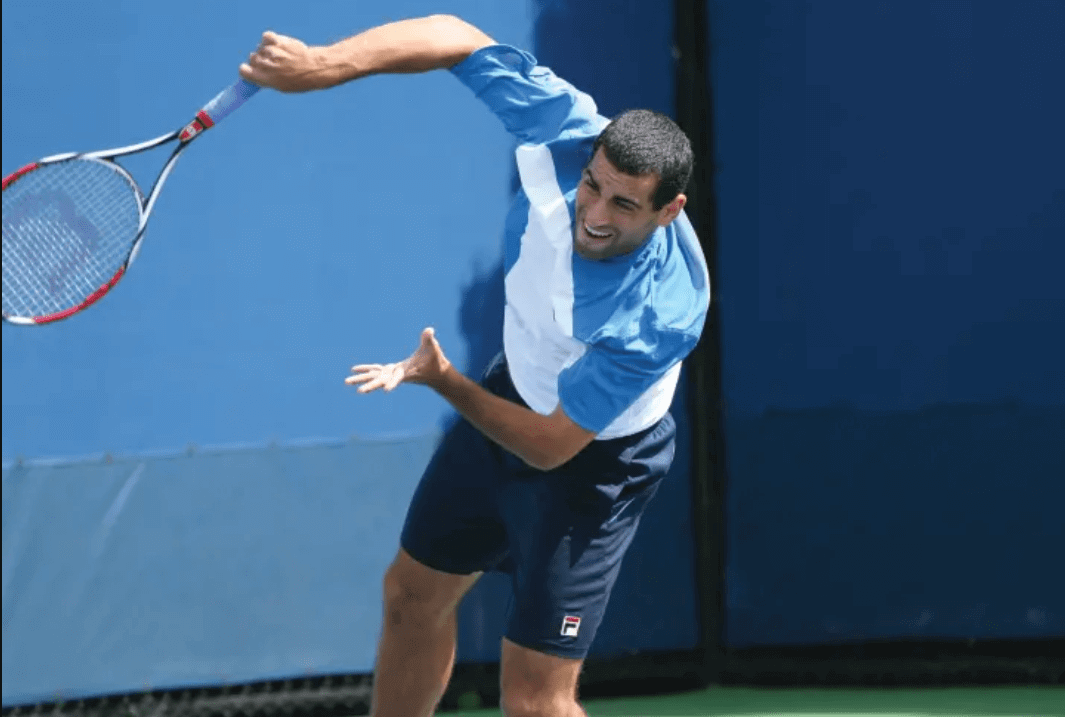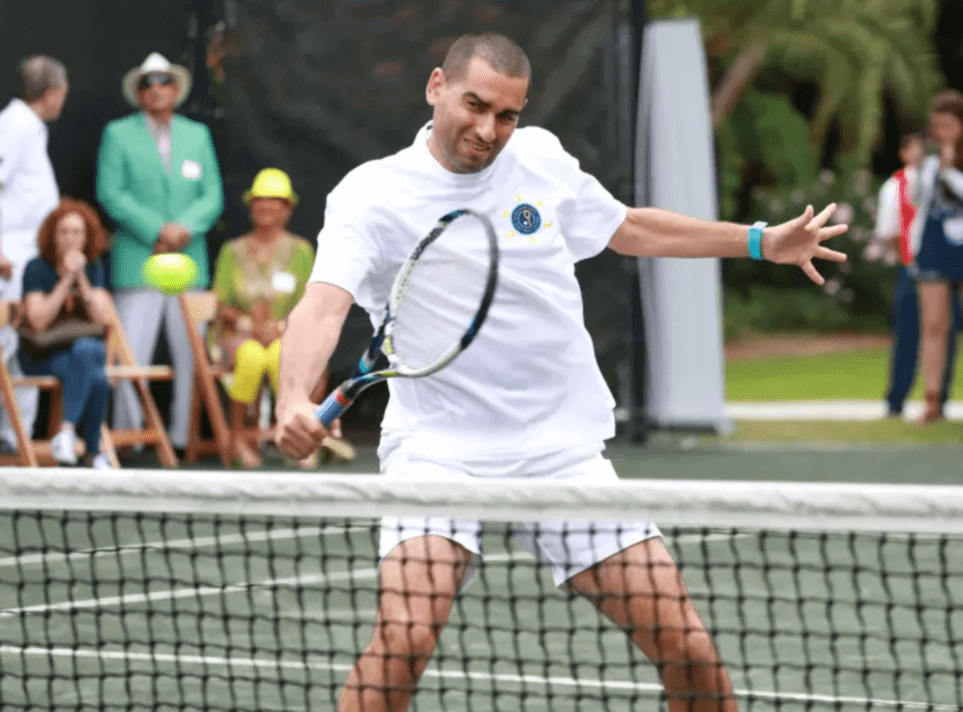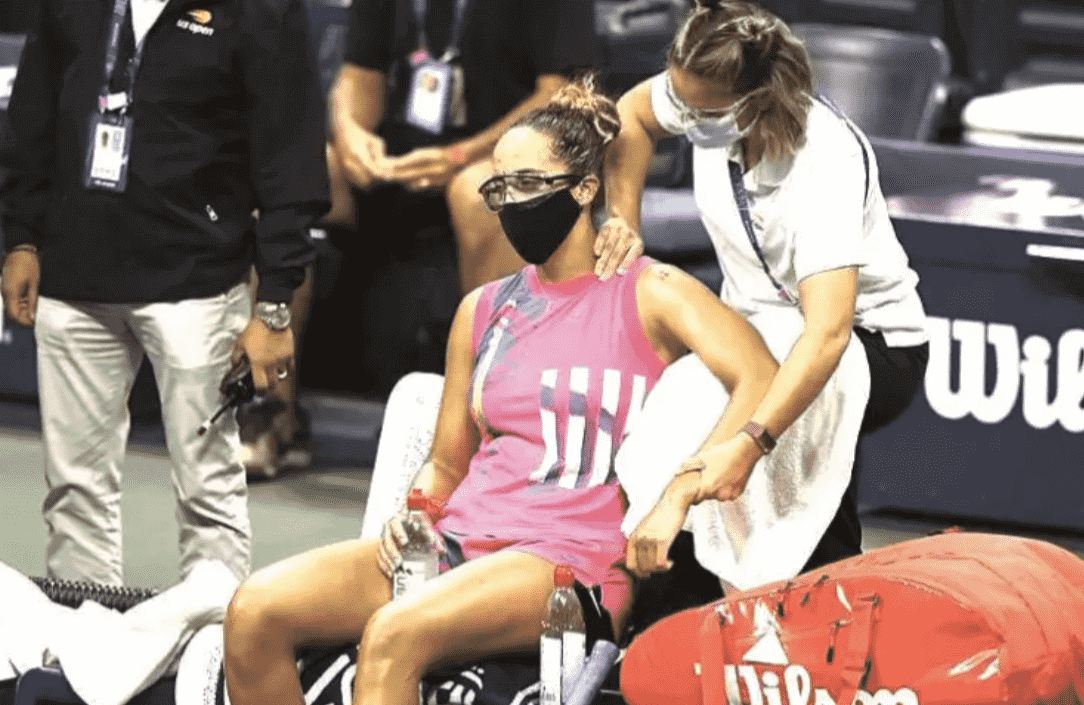Original Article Published On The Jerusalem Post
The Danish Jewish Museum in Copenhagen presents 400 years of Jewish life in Denmark.
This High Holy Days period – when most synagogues around the world have made the difficult decision to tell members not to come for in-person services – I am transported back to a special Yom Kippur four years ago at Copenhagen’s Great Synagogue.
I spent the holiday in the synagogue where the current rabbi, Jair Melchior’s great-grandfather, Chief Rabbi Marcus Melchior, also told the congregation on Rosh Hashanah Eve 1943 (September 29) not to come for Rosh Hashanah services. His congregants were not facing a pandemic; rather the Jews of Denmark were facing a roundup and likely extermination by the Nazis.
The miraculous outcome for nearly all of the Jews of Denmark offers inspiration and hope to all of us living through difficult times.
A compassionate German diplomat tipped off Rabbi Melchior, who stood at the bimah and urged the Jews to hide or flee, and to share the urgent message with their friends and family members. Non-Jews in Denmark mobilized and hid Jews in homes, churches, convents, schools and hospitals.
Nearly 7,200 Jews and 680 of their non-Jewish family members were helped to safety by Danish fishermen who shuttled the Jews by fishing boats across the water separating Denmark from Sweden. Nearly 500 Danish Jews who did not make it out in the fall of 1943 were eventually deported to the Czech town of Terezin, or Theresienstadt in German. Yad Vashem planted a tree in the Avenue of the Righteous Among the Nations in honor of the Danish underground and its rescue of the Jews.
I think of this incredible story every Rosh Hashanah and Yom Kippur. I had the wonderful opportunity to pray with the Jewish community of Copenhagen for slihot (penitential poems and prayers) and Shacharit (morning services) during the week leading up to Yom Kippur, and for all Yom Kippur services. My wife and several other observant Jews were in Copenhagen for a conference and knew it would be impossible to return home to America or Israel in time for the start of the holiday. Some left the conference early; a handful were lucky enough to experience Yom Kippur in Copenhagen.
On my early morning walks through the dark streets of Copenhagen to the synagogue built in 1833, on Krystalgade 12, and during my long daily walks through the beautiful city, I learned that there are many reminders of the Holocaust, both obvious and subtle. A fellow worshiper, a 6th-generation Dane who informed me of the sizable Danish-Jewish community in Ra’anana I never knew about, pointed out a nondescript law office building that once served as Nazi headquarters and was rebuilt after a bombing by the Allies.
When I first arrived in Denmark, I set out for the Chabad House to introduce myself to Rabbi Yitzi and Rochel Loewenthal, the Chabad shluchim (emissaries), to arrange Shabbat and holiday meals. The Chabad House, located at 10 Ole Suhrs Gade, is on a street with old-world charm, between the Botanical Gardens and Sortedams Lake. A careful observer may spot a green door with a mezuzah – and a gold sign overhead that reads: Chabad Huset, or Chabad House. The building was once used as Nazi headquarters.
IT IS now the Chabad House and the home of the Loewenthals, who arrived in Copenhagen in 1996 to serve the Danish-Jewish community. This community traces its history in Denmark back to the 1600s. In the early 1600s, King Christian IV founded the town of Glückstadt and allowed Albert Dionis, a Jewish merchant, to settle in the city. He later extended this right to a few other Jews in 1628. Jews were offered protection, and the right to hold private religious services and maintain their own cemetery, which they founded in 1693. Since 1900, another Jewish cemetery has been used as the burial ground in Copenhagen for more than 6,000 Jewish people.
By 1780, approximately 1,600 Jews lived in Denmark. At this time, the king instituted a number of reforms that helped Jews integrate more fully into Danish society; they were permitted to attend university, join guilds, build schools and own real estate. In 1814, Danish Jews were granted civic equality; they received full citizenship rights in 1849 – one of the first countries in Europe to do so. Nearly 3,000 Jews came to Denmark in the early 1900s to escape such events in Russia as the Kishinev pogrom of 1903 and the Russo-Japanese War of 1904-1905.
The Danish Jewish Museum in Copenhagen, designed by architect Daniel Libeskind, presents 400 years of Jewish life in Denmark. The design of the museum offers another reminder of the Holocaust experience in Denmark. The word “mitzvah” constitutes the emblem and concept of the museum, and the museum was reportedly designed around the courage demonstrated by the Danes.
The Chabad House itself contains some important pieces of Danish Jewish history. The England-born rabbi and his American wife, who have learned Danish and continue to speak to their children in English, Yiddish and Hebrew, proudly display two pieces of local history on the wall of the main room of the Chabad House: a 400-year-old coin from King Christian the Fourth, bearing the tetragrammaton in Hebrew; and a yellow Jewish star from the Holocaust.
The Loewenthals have the important responsibility of helping to look after the Danish-Jewish community, which now numbers about 7,000 people. There are few kosher shops or restaurants in Copenhagen, few kosher-certified products in local grocery stores and kosher meat is hard to find and expensive, mainly because of Denmark’s laws prohibiting shechita (kosher ritual slaughter). Thus, all kosher meat must be imported. Rabbi Loewenthal regularly visits companies where he oversees kosher supervision, teaches local Danish school students about Judaism and teaches at the Jewish day school.
Rabbi Loewenthal prays each morning, either next door to the Chabad House at Machsike Hadas (if there is a minyan) or at the Great Synagogue, a 15-minute walk from his home, through the Botanical Gardens or up Gothersgade Street, or even past Rosenborg Castle, the National Gallery of Denmark or Copenhagen University. I met the rabbi at services each pre-Yom Kippur morning. Security was tight, even on a weekday morning, partly as a result of the February 2015 shooting death of Jewish security guard Dan Uzan, 38, by Omar Abdel Hamid El-Hussein, during a bat mitzvah celebration outside the Great Synagogue.
SECURITY WAS especially tight on Yom Kippur evening, when the entire community assembled for Kol Nidre. A Danish police officer, after questioning those seeking to enter, used a special key to open the shul gate. Flowers outside the synagogue served as a reminder of the killing a year and a half earlier.
I was struck by the range of people – and by their outfits. Some wore fancy dresses, jewels and furs; others wore shorts and Guns & Roses T-shirts. Some stayed for the entire service – led by a cantor and an all-male choir. Some stayed only for the brief Kol Nidre part; yet others left after the very moving reading of “the names” in Danish. The rabbi movingly read the names of the members of the community killed by the Nazis.
Community members were welcoming, though most were not well-versed in the High Holy Day liturgy. The voices of the Israeli cantor and choir were heard while those of congregants were barely audible.
The current chief cantor, Edan Tamler, is a very hip 20-something, American-born Israeli who made aliyah in 2012 and lives in the mixed religious/secular yishuv of Esh’har in the Lower Galilee. Tamler was a contestant on The X Factor Israel TV show in its first season, reaching the finals as part of a boy band named Fusion that the judges built around him. He was subsequently signed by Israeli pop star Ivri Lider, X-Factor judge and mentor to Tamler.
Tamler has been in Denmark for several weeks this August, serving as full-time cantor and teaching music at the Jewish school. “It’s been great to be back in Denmark and getting to pray with a congregation once again,” reports Tamler. “It hasn’t really been possible in Israel since the novel coronavirus started. I’m so excited to be reunited with the community and looking forward to leading the Yamim Noraim (Ten Days of Repentance) services that are less than a month away! It’s a true honor to be able to lead prayers in such a magnificent synagogue and beautiful community with so much history.” The Loewenthals, who provided tasty pre- and post-Yom Kippur sustenance when I was there for the holiday, continue to care for the needs of the community – even during these unusual times. “Obviously COVID-19 has had an effect. Denmark closed down very early, but started reopening in April with the shuls – big and small – opening since Shavuot. We have reopened the shuls – big and small– albeit with precautions and a limited capacity.
“The same is true of the Chabad House, where we have classes, though most are also online, and for meals we have families sitting together with space between the family groups. We have seen that some people are concerned and stay home, and I suspect that will last for a while. Most families with children are more or less back to normal business. For Rosh Hashanah and Yom Kippur we are taking precautions and will probably put a tent outside to help accommodate more people in the correct fashion,” says Rochel Loewenthal.
The Lowenthals are busy preparing for the High Holy Days. Yet, she has time to say kind words about the talented young cantor in town. “Edan is a great guy. A wonderful hazan and he brings a youthful perspective and fresh tunes to the shul.”
Rosh Hashanah and Yom Kippur in Denmark promise to be meaningful – even during these unusual COVID-19 times.





